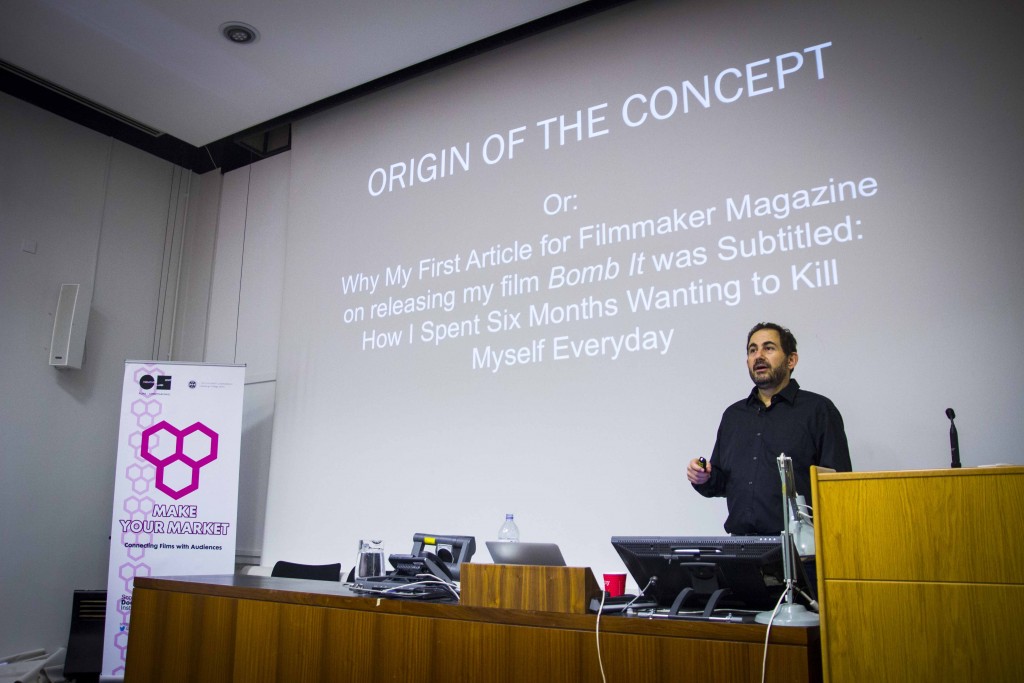10 Key Points on How to Move Forward With Outreach and Impact for Documentary Film
A Report from the IFP Filmmaker Lab by Jon Reiss With all the trauma of this past week, I at least had the good fortune of spending it at the IFP Filmmaker Lab in NYC. We all showed up Wednesday morning stunned/tired from watching returns all night/depressed. Some stayed home but by the middle of […]
What the F is a PMD and Why Do We Need One?

Back in 2010, two weeks before I went to print on Think Outside the Box Office, I coined a new crew position: the Producer ofMarketing and Distribution. This concept/position has taken off in varying fits and starts over the last five years – with people calling themselves and being credited as PMDs in the United […]